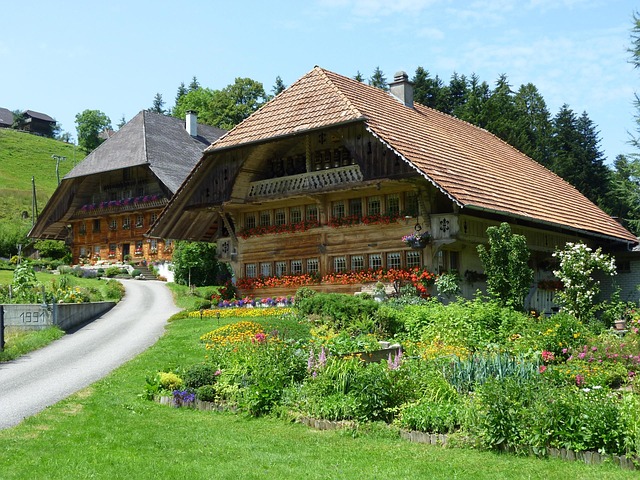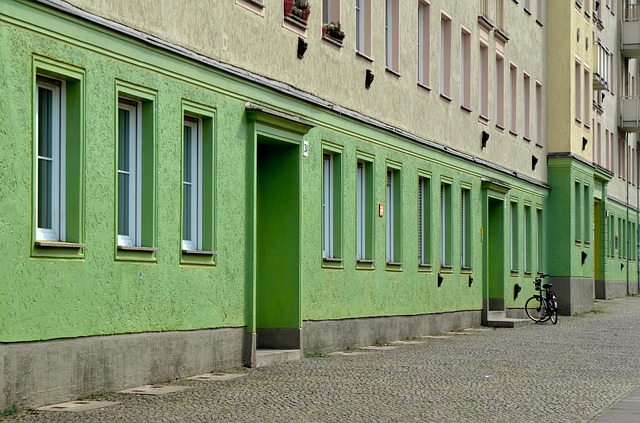The real estate industry is taking significant steps towards sustainability by adopting eco-friendly materials like bamboo, recycled steel, and sheep's wool, aiming to reduce its large environmental footprint. These materials offer lower embodied energy and decreased greenhouse gas emissions, while sustainable construction practices such as passive design and efficient insulation further minimize buildings' carbon footprints. As consumer awareness and regulatory pressure grow, developers are integrating these eco-friendly practices to remain competitive and contribute to a greener future.
In today’s eco-conscious world, the real estate sector is undergoing a green revolution. Understanding the environmental impact of traditional materials is crucial, as construction and design choices significantly contribute to global carbon emissions. This article explores eco-friendly alternatives that are transforming the industry. From sustainable practices to innovative materials, we delve into how these strategies reduce the carbon footprint of real estate, fostering a greener future for all.
Understanding the Environmental Impact of Traditional Real Estate Materials
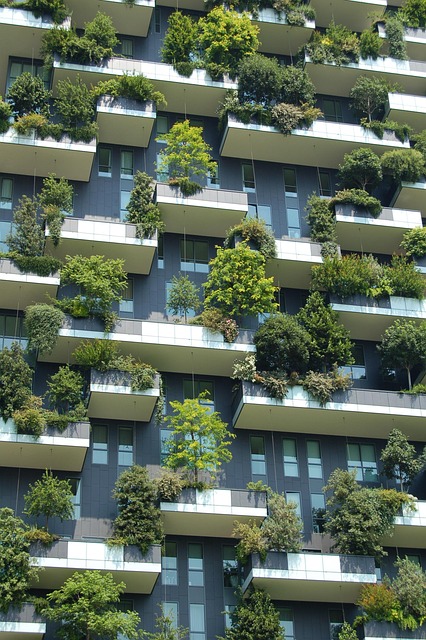
The construction and real estate sectors have long been recognized as significant contributors to environmental degradation, primarily due to the extensive use of materials that are detrimental to the planet. Traditional building materials like concrete, steel, and wood have high carbon footprints, largely because of the energy-intensive processes required for their production and transportation. For instance, concrete production alone accounts for around 8% of global greenhouse gas emissions, making it a major culprit in climate change.
In the real estate industry, the choice of materials can either mitigate or exacerbate environmental issues. The widespread use of these conventional materials has led to habitat destruction, pollution, and resource depletion. This has prompted a growing movement towards eco-friendly alternatives, where sustainable and renewable materials are at the forefront, offering a promising path to reduce the sector’s ecological footprint.
Exploring Eco-Friendly Alternatives in Construction and Design
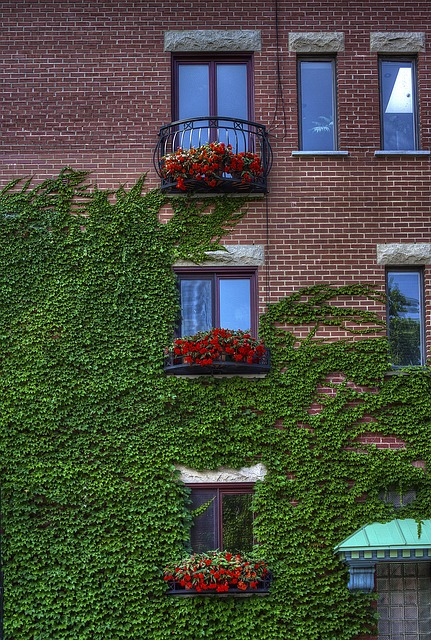
The construction and design industries are undergoing a significant transformation as professionals seek eco-friendly alternatives to reduce their environmental impact. In the real estate sector, this shift is particularly notable, with developers and architects recognizing the need for sustainable practices. By exploring eco-friendly materials, such as bamboo, recycled steel, and natural insulators, industry leaders can create buildings that are not only energy-efficient but also contribute to a greener planet.
These materials offer not only environmental benefits but also aesthetic appeal and durability. For instance, bamboo, known for its rapid growth and strength, is an excellent alternative to conventional timber, while recycled steel reduces the demand for new resources and minimizes waste. In addition, natural insulators like sheep’s wool or recycled denim provide effective thermal protection, decreasing the energy required for heating and cooling, thereby lowering carbon emissions.
The Role of Sustainable Practices in Reducing Carbon Footprint of Real Estate Sector
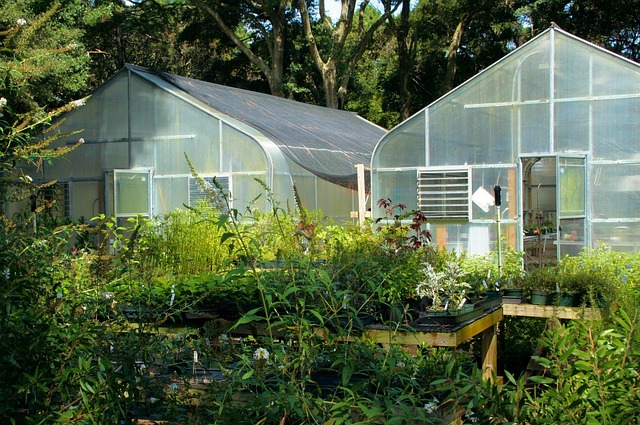
The real estate sector, known for its significant environmental footprint, is undergoing a transformative shift towards sustainability. Eco-friendly materials play a pivotal role in this change, offering a promising path to reduce the industry’s carbon emissions. By adopting sustainable practices, developers and builders can substantially lower the environmental impact of their projects. One of the primary strategies involves using renewable resources, such as bamboo or recycled steel, which have lower embodied energy compared to traditional building materials. These materials not only minimize greenhouse gas emissions but also contribute to a circular economy by reducing waste and promoting recycling.
Additionally, sustainable construction methods, like passive design techniques and efficient insulation, optimize energy use in buildings. This reduces the reliance on fossil fuels for heating and cooling, thereby decreasing the carbon footprint of real estate over its lifecycle. As awareness grows among consumers and regulatory bodies, the integration of eco-friendly practices becomes increasingly vital for developers to stay competitive and ensure a more sustainable future for the industry.



